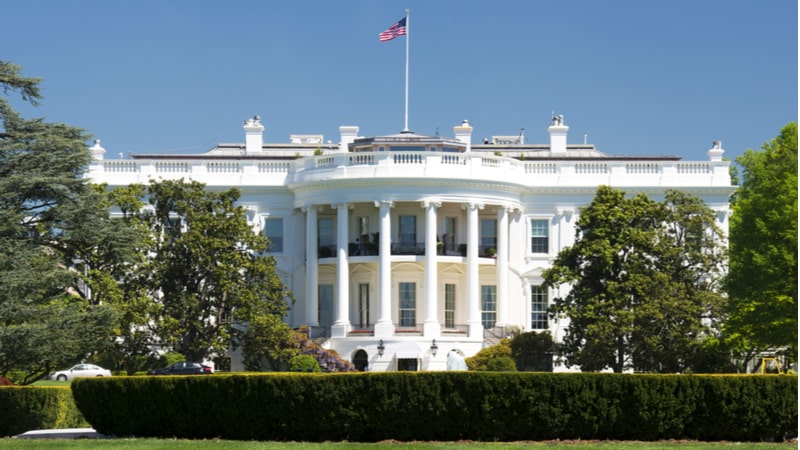
The White House issued a memo this week laying out key steps Federal agencies can take to deepen and expand their interactions with the public during the regulatory process.
The July 19 document – issued by the Office of Information and Regulatory Affairs (OIRA) – is a follow through of an April executive order signed by President Joe Biden on “modernizing regulatory review.”
The April 6 directive aims to fold more considerations for underserved communities and state, local, territorial, and Tribal entities into the regulatory review process, and called on OIRA to administer guidance to help Federal agencies do that.
In the memo released on Wednesday, OIRA – a component within the Office of Management and Budget – details new and specific actions agencies should take to improve public participation and community engagement when developing regulations.
Sam Berger, the associate administrator of OIRA, writes in a July 19 blog post that the actions laid out in the memo are intended to “make it easier for interested members of the public to voice their views in the regulatory process.”
“Hearing from those who are directly affected by a regulation or care about a specific issue helps ensure that we’re addressing the most pressing concerns of communities throughout the country,” Berger writes.
OIRA’s memo points out that agencies are most likely to hear from larger, established, and well-resourced organizations with deep knowledge of the regulatory process.
Meanwhile, the general public – especially underserved communities – face multiple barriers, the memo points out, including a lack of awareness around forthcoming agency actions; a lack of resources or incentives to participate in traditional regulatory processes; and further obstacles, including language barriers, internet access, and a lack of trust in the government.
The memo also recognizes that agencies face some barriers when it comes to expanding the regulatory process to the more general public, including a lack of time, funding, staff, and training.
Nevertheless, OIRA Administrator Richard Revesz writes in the memo that “it is crucial for Federal agencies to craft regulatory proposals with input from affected members of the public.”
Specifically, Revesz directs agencies to use the biannual Unified Agenda to “publicize past, ongoing, and upcoming participation and engagement with the public.”
The agenda – which is updated by OIRA every fall and spring – publicly catalogues, by agency, regulations under development.
“It provides a regular opportunity for OIRA and agencies to communicate to the public about regulatory priorities and activities, describing the problems or needs to be addressed through regulation, potential regulatory proposals, and anticipated costs and benefits,” the memo states. “Agencies can use this existing regulatory planning process as an opportunity to expand public awareness about agency participation and engagement efforts, including engagement of underserved communities.”
Revesz is also encouraging agencies to be more proactive about engaging with communities by reviewing policies around informal communications with the public, known as “ex parte” communications in rulemaking parlance.
“Agency ex parte communications policies should support proactive outreach by the agency, especially prior to issuing an individual proposed rule when doing so would result in fairer and more equitable treatment,” he continues.
OIRA’s new guidance is also encouraging agencies to publish a regulatory engagement plan on their websites that outlines best practices, such as defining how the agency will work with affected communities, detailing a designated point of contact at the agency for questions on regulatory issues, and how the agency will ensure accessibility.
Finally, the White House provided nearly 20 “leading practices” that agencies should consider adopting for better public participation and community engagement in the regulatory process.
These include holding listening sessions, providing multiple means of submitting comments, using plain language summaries and infographics, and several other recommendations.
When developing this guidance, OIRA sought to model leading practices for public engagement by holding four listening sessions and inviting public comments to learn more about barriers to greater participation in the regulatory process and potential steps for broadening participation.
“We know that the work doesn’t stop with the issuance of this guidance. OIRA will work closely with Federal agencies in the coming months to identify opportunities for supporting more public participation in the regulatory process,” Berger writes in his blog. “We also want to hear from members of the public to understand how this process is going, and will hold a listening session in a year to take stock—and see how we could be doing better.”
